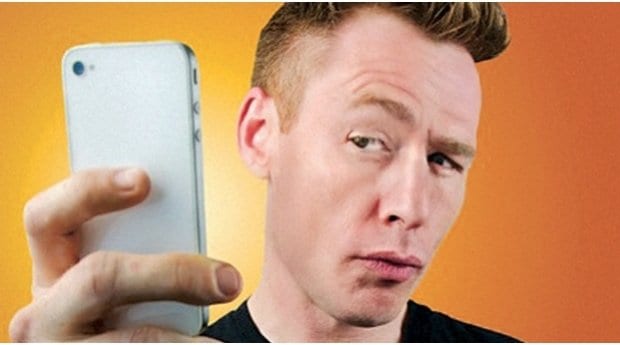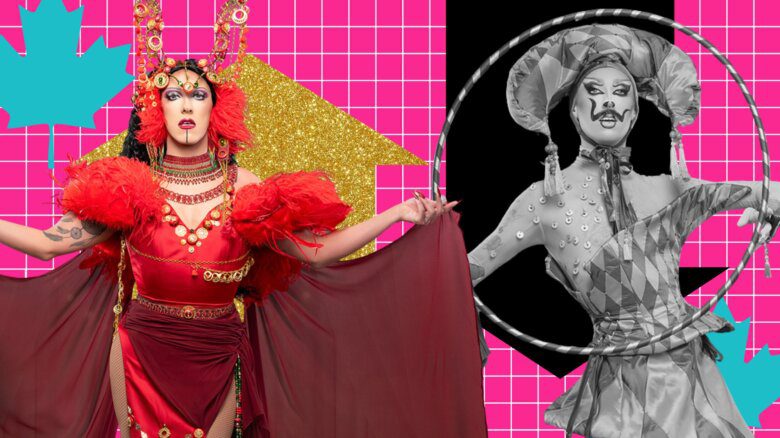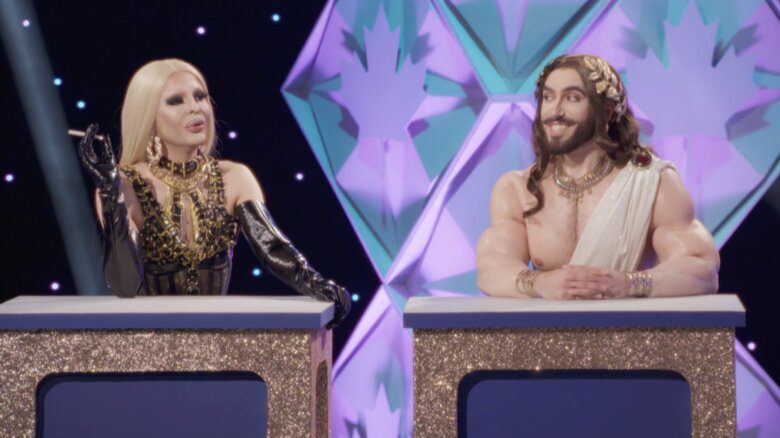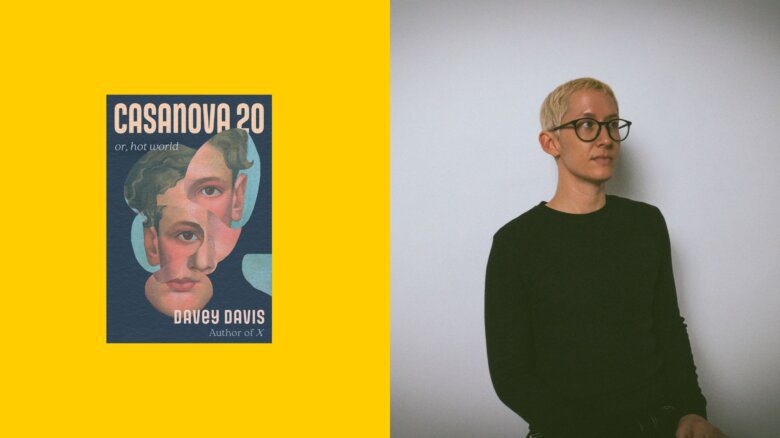Whether it’s the ill-advised Schwarzenegger flick Junior or the really, really ill-advised Joan Rivers-helmed Rabbit Test, the “knocked-up dude” trope has consistently proven itself a recipe for celluloid disaster. But actor Gavin Crawford’s latest film, Two 4 One, may change that. Director Maureen Bradley’s first feature tells the story of Adam (Crawford), a trans guy who accidentally becomes pregnant after helping his ex-girlfriend Miriam (Naomi Snieckus) with an artificial insemination.
The film has been making the rounds on the festival circuit but has yet to score wide distribution — that may change, now that it’s getting more attention. The Gemini Award-winning Crawford has been nominated for an ACTRA Award for his work. Xtra chatted with Crawford recently about playing a trans character, opining on fake dicks and getting semen in all the wrong places.
Xtra: Pardon the pun, but how did you come to be in this movie?
Gavin Crawford: My agent sent me the script for this quirky romantic comedy about a guy who gets pregnant right at the point when he’s just about finished his transition from female to male. I hadn’t read anything like it before, and it had a really lovely tone. At first I was concerned no one would buy me as FTM, since I figured, mistakenly, I looked way too masculine with my soap-opera jaw line. With a little internet research, I quickly realized lots of trans guys look way more masculine than I do. I chatted with Maureen [the director] over Skype and showed her a picture of me from this project I’d done where I’d grown this kind of sparse goatee. And she was like, “Yes! That’s exactly how I picture Adam looking!”
As a gay man, I’m sure you can identify with semen ending up in all the wrong places.
My most embarrassing incident was going out with a friend and realizing halfway through dinner I had a “toothpaste” splotch on my shoulder. I really need to pay more attention when dressing.
You’ve been nominated for an ACTRA Award for this role. What does that mean to you?
The nomination comes from your peers, so I couldn’t be more pleased to be included in the company of these really fine actors. I feel so legit!
You’re playing a trans character. What special considerations went into the process?
I spent a good deal of time talking to trans friends to make sure the script was respectful of their experiences. I also did a lot of YouTubing. So many people are documenting their transitions online, which was an amazing resource in terms of finding differences and commonalities of experience. I also went on the hunt to find the perfect packer (worn to give the appearance of having a penis), just to get a feel for it. They have really some amazing equipment out there. I almost ordered one, actually, mostly because it was a lot nicer than my own.
The ACTRAs will be announced Friday, Feb 20, 2015 at The Carlu.


 Why you can trust Xtra
Why you can trust Xtra


